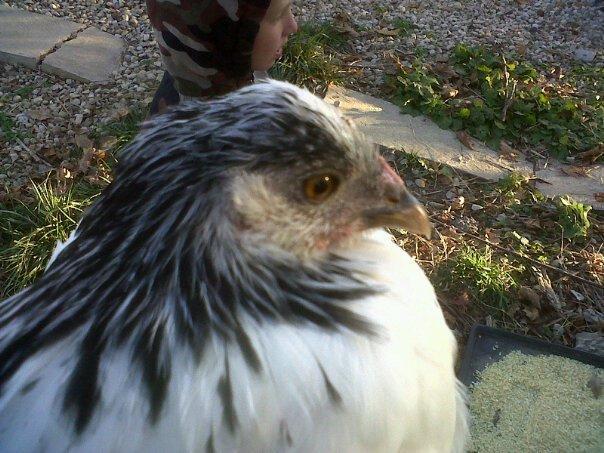Oh, ok thanks for clarifying that I didnt pay attention on the book. I thought you and David were co authors. I didnt pay attention that he is the editor for the english version and the author is Sigrid. I have emailed him to ask him for help sometimes.
So the red whites are homozygous blue in the Lakenvelder pattern. Or the combined effect of all the three colors ? Kaki would not act the same as that , I dont think ? Not by itself. Not sure what Kaki dose to the red pigments. But you have added a red to the body color to produce that. So if gold Lakenvelders dont exhist this would be a non standard color.
If I understand it the platinum in this combination is a color produced by combining two colors together, which was dun and blue in one bird. I have pictures of another breed that was shown at Leipzig they call one color variety platinum, but I think it is a combined effect when champagne blonde expresses with the colors of that breed. But I only speculate to what might cause the color as other diluters are in the breed in its other varieties, such as creme (ig/ig) and dilute (Di). It is a strange light brass or gold color in the female, but there is a smooth finish overlay to the color. I havent been able to get a good overall veiw of the female as she expresses the color more, the male becomes too washed out to see it. As the male resembles a off white black tail. But there is no S in the breed just Columbian .
While I dont think it matters but are these bantam size you are working with or standard Lakenvelder ?





